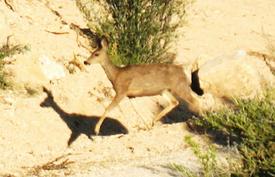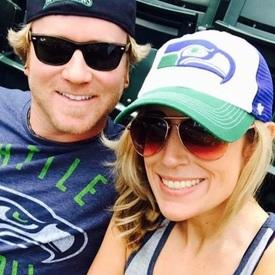Don't eyeball it
Replies
-
lynn_glenmont wrote: »youngmomtaz wrote: »msalicia07 wrote: »Better yet, get a food scale! Those measuring cups/spoons are still off 🤭
But spoons and cups for liquid. Like oil. Because the nutrition facts state serving size in ml, so I am going to measure in ml. Just like if the nutrition is in gm/oz I measure in those increments.
I save myself washing a spoon and use the USDA-based olive oil data entry that has a 100 gram serving size among its options. For nutritional purposes, olive oil is olive oil; no need to rely on the package label.
Yes, I use the USDA-based olive oil data entry that has a 100 gram serving size as well.
I just use tablespoons for foods that aren't calorie dense, like vinegar or water.2 -
Thread reminder: scales measure weight regardless of scale setting.
Scales set 1ml = 1g, which is true for a majority of liquids at most locations and room temperatures.
However oil is not 1g per ml (fat content, fat floats on water)
Neither are whipped cream or ice cream (air content and fat)
So worth double checking conversion tables and entries
When using the scale to measure a liquid that is not water, not a commodity (like olive oil or a milk with some specific fat content, like 3.5% or 1% or nonfat, for which there are USDA database entries by weight), and which gives nutritional information on its package label by volume, I just multiply the weight in grams by 1.1 to estimate the volume in milliliters, as I have yet to see a potable liquid with a specific gravity below 0.9. I may be overestimating by at least a small amount most of the time, but it seems like a reasonably accurate, low-effort solution.0 -
paperpudding wrote: »Sure, use a food scale for solid things - but for things like olive oil, I would use a measuring spoon - easier than a food scale and a measured tablespoon is accurately a tablespoon
Plastic measuring spoon sets are a few dollars at supermarkets
I find a food scale much handier even for liquids. Put the bottle on the scale, tare, pour and then put back the bottle. With measuring spoons I'm always wondering how full they should be.
For liquids they should be level spoon - that is how measuring spoons are designed - 1 tspn is one level spoon of liquid.
So OP u can see there are different ways of doing things - if you use the spoon for the purpose they are designed- ie liquids, that will be quite workable.
or, if you prefer not to use them at all - then, don't.
0 -
L1zardQueen wrote: »mcaesar811 wrote: »What scale do you guys recommend? I need to buy one for the first time. I brand new to my weight loss journey.
A food scale that has the tare feature, weighs in grams and is large enough to hold a plate. Ideally one that is large enough that you can read the readout when you place a plate on it.
And that has enough positive weight capacity to weigh a large pan full of whatever (for recipe portioning), and that will display negative weights (for things like putting the peanut butter jar on the scale, taking some out with a knife, and noting the negative weight as the amount you took out).
I think it's a plus to have one that uses batteries you commonly keep around, or that is easily rechargeable. I had one that used some oddball size of button battery, and I'm much happier with one that uses AA, because I always have AA around for other stuff.6 -
mcaesar811 wrote: »What scale do you guys recommend? I need to buy one for the first time. I brand new to my weight loss journey.
This one was $13 works great- has been a game changer
1 -
mcaesar811 wrote: »What scale do you guys recommend? I need to buy one for the first time. I brand new to my weight loss journey.
This is the one I use: https://www.etekcity.com/product/100392
It's only $12 and is definitely getting the job done. I've had it maybe a week but it's been really helpful for accurate calorie counts! Even when I find out I had the right measurement before, it's really assuring to know that my past logs are accurate.1 -
SouthWestLondon wrote: »Many food scales can switch between measuring mls, oz and grams. So I tend to use my food scale for all measurements, including liquids.
The milliliters by weight is only accurate for water as other liquids have a different density therefore weigh a different amount per milliliter. Most (all?)kitchen scales aren't smart enough to compensate for different density liquids.1 -
Thanks everyone!1
Categories
- All Categories
- 1.4M Health, Wellness and Goals
- 391.3K Introduce Yourself
- 43.4K Getting Started
- 259.7K Health and Weight Loss
- 175.6K Food and Nutrition
- 47.3K Recipes
- 232.3K Fitness and Exercise
- 387 Sleep, Mindfulness and Overall Wellness
- 6.4K Goal: Maintaining Weight
- 8.5K Goal: Gaining Weight and Body Building
- 152.7K Motivation and Support
- 7.8K Challenges
- 1.3K Debate Club
- 96.4K Chit-Chat
- 2.5K Fun and Games
- 3.2K MyFitnessPal Information
- 22 News and Announcements
- 901 Feature Suggestions and Ideas
- 2.2K MyFitnessPal Tech Support Questions







